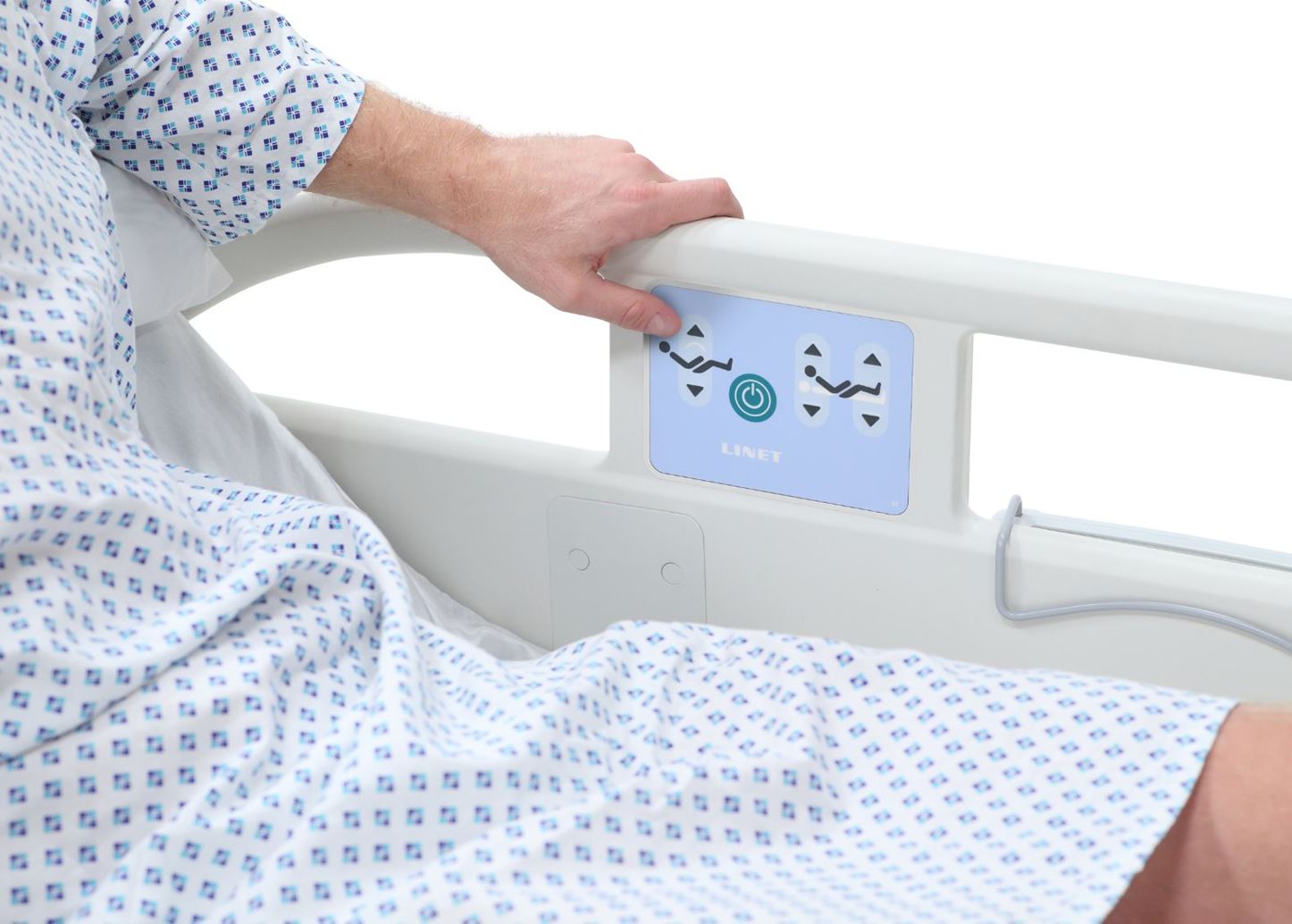
INTEGRATED PATIENT CONTROLS
Allows patients to adjust the bed while seated or lying down.
✓ Higher comfort
✓ Effortless adjustments
✓ Increased patient autonomy
✓ Higher comfort
✓ Effortless adjustments
✓ Increased patient autonomy



